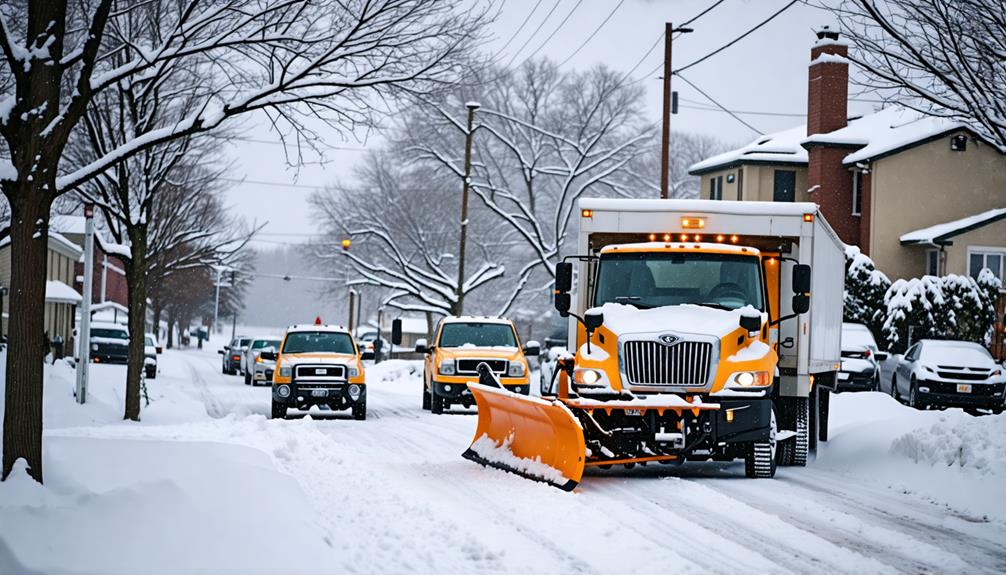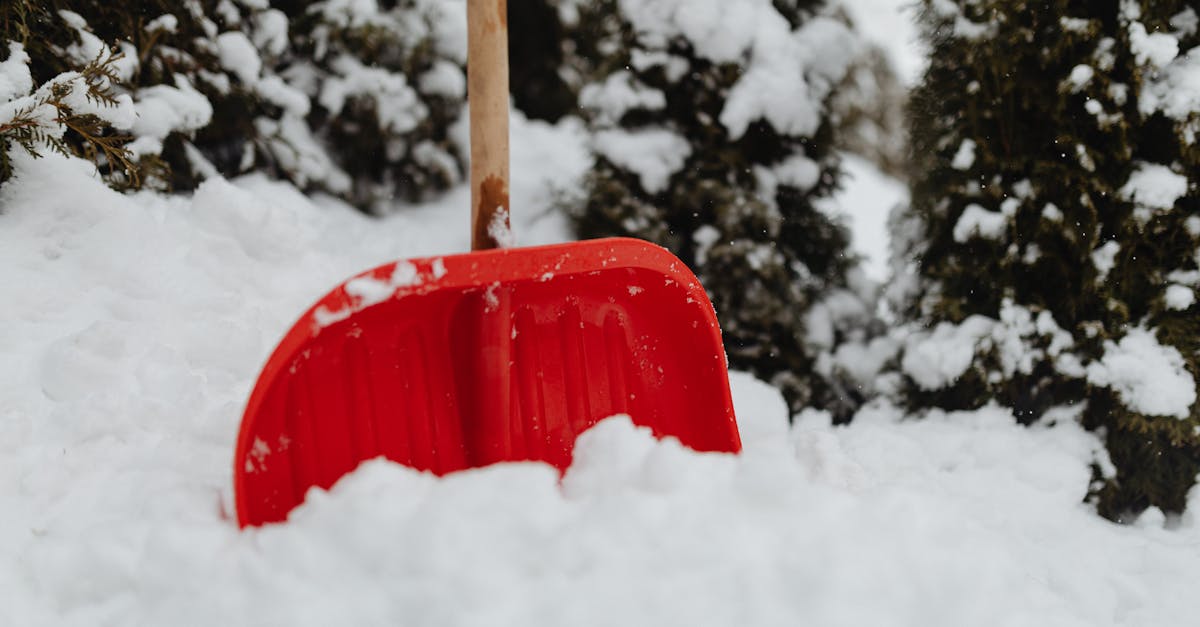
Table Of Contents
Time Investment for Snow Shoveling
The time investment for snow shoveling can vary significantly depending on several factors. The size of the area to be cleared plays a crucial role, as larger driveways or sidewalks naturally take longer to shovel. Additionally, the depth and weight of the snow will influence how much time each session requires. Light, fluffy snow can be removed more quickly than heavy, wet snow, which demands more effort and time.
Preparation also affects the total time spent on snow shoveling. Those who regularly maintain their pathways may find the process quicker due to a lack of built-up snow. On the other hand, after a heavy snowfall, shoveling can take much longer if snow accumulates without prior removal. Ultimately, planning and timing can either streamline the shoveling process or extend it significantly.
Factors Affecting Shoveling Duration
The duration of snow shoveling is influenced by various factors, including the amount of snowfall and its density. A light dusting of snow requires significantly less time to remove compared to heavy, wet snow that is more challenging to lift and push. Fresh, fluffy snow can typically be cleared quickly, while compacted or icy layers demand extra effort and time to manage properly. Moreover, irregular surface conditions such as uneven driveways or sidewalks can complicate the task, further extending the time commitment.
Another important aspect is the physical condition and experience of the individual doing the snow shoveling. Those who are accustomed to regular exercise or have prior experience may find the task more manageable and can work more efficiently. Conversely, individuals who are not physically fit may require longer periods to complete the job, particularly when dealing with larger accumulations. Personal tools, such as the type of shovel used or whether a snow blower is available, can also play a crucial role in determining how long the job will take.
Comparing Manual Shoveling to Mechanical Options
When it comes to snow shoveling, the choice between manual and mechanical options can greatly influence the effort and efficiency required. Manual shoveling relies on physical strength and can be a good workout, but it often takes longer, especially during heavy snowfall. The snow shovel is a traditional tool that offers simplicity and allows for fine control in tight spaces. However, individuals with physical limitations may find this method challenging and exhausting.
On the other hand, snow blowers provide a mechanical advantage that significantly reduces the time spent on snow removal. They can clear large areas more quickly and with less physical strain, making them ideal for those with larger driveways or significant snowfall. While snow blowers can be more expensive and require maintenance, they offer convenience that appeals to many homeowners. Ultimately, the decision between manual shoveling and mechanical options depends on personal needs, physical ability, and the specific circumstances of the snow removal task.
Pros and Cons of Snow Blowers vs. Shovels
Snow shoveling presents two primary options: manual shovels and snow blowers. Shovels are cost-effective and require no fuel or electricity. They provide a good workout, engaging various muscle groups. The tactile experience of snow shoveling offers a connection to the environment, allowing for a sense of accomplishment with each cleared path. However, using a shovel can be physically demanding and time-consuming, especially during heavy snowfall.
On the other hand, snow blowers can significantly reduce the time it takes to clear snow. They are efficient and can handle larger quantities of snow with ease, making them a popular choice for those with physical limitations or larger driveways. Maintenance and fuel costs may present downsides. The noise produced by snow blowers can also be a nuisance to neighbors. Each method has distinct advantages and drawbacks, making the decision dependent on individual needs and circumstances.
Weather Conditions That Influence Shoveling Difficulty
Winter weather can significantly impact the difficulty of snow shoveling. Heavy snowfall often leads to larger volumes of snow that require more effort to remove. Additionally, the type of snow plays a crucial role; wet, heavy snow is much harder to lift and push than light, fluffy snow. When temperatures rise above freezing and then drop again, it can create icy layers that complicate the shoveling process.
Wind conditions also affect snow shoveling. Strong gusts can blow snow back into cleared areas, making it feel like never-ending work. Cold wind increases the risk of frostbite for those shoveling, requiring regular breaks to avoid discomfort. Understanding these weather elements can help in planning when to shovel and how to approach the task for better efficiency.
Effects of Temperature and Wind on Snow Removal
Cold temperatures significantly impact the snow removal process. When temperatures dip, snow tends to become denser and heavier, making it more challenging to lift and transport with a shovel. This added weight can lead to physical strain, increasing the risk of injury for those who are not accustomed to strenuous activity. In contrast, when temperatures hover around or just above freezing, snow can be lighter and easier to manage, facilitating faster shoveling.
Wind conditions also play a crucial role in the snow shoveling experience. High winds can create drifting snow, which often results in uneven accumulations that are difficult to predict. This inconsistency means that shoveling may take longer, as one may need to move snow multiple times in various areas as the wind redistributes it. Additionally, icy conditions compounded by wind chill can make the shoveling process unpleasant, challenging, and even dangerous.
FAQS
How long does it typically take to shovel snow?
The time it takes to shovel snow can vary greatly depending on the amount of snow, the size of the area being cleared, and the individual's physical condition. Generally, it can take anywhere from 30 minutes to several hours.
What factors can affect how hard snow shoveling is?
Several factors can influence the difficulty of snow shoveling, including the depth and weight of the snow, the type of terrain being cleared, and the shoveling technique used.
Is using a snow blower easier than shoveling by hand?
Yes, using a snow blower can generally make the task easier and quicker, as it reduces the physical strain associated with lifting and throwing snow. However, it also requires maintenance and can be costly.
What are the pros and cons of manual shoveling?
Pros of manual shoveling include lower cost and the ability to work in tight spaces. The cons can include increased physical exertion and a higher risk of injury, especially if lifting heavy snow.
How do weather conditions impact the difficulty of snow shoveling?
Weather conditions such as temperature and wind can significantly impact shoveling difficulty. Colder temperatures can make snow lighter but may also make it more brittle, while strong winds can make it challenging to see and handle the snow effectively.




